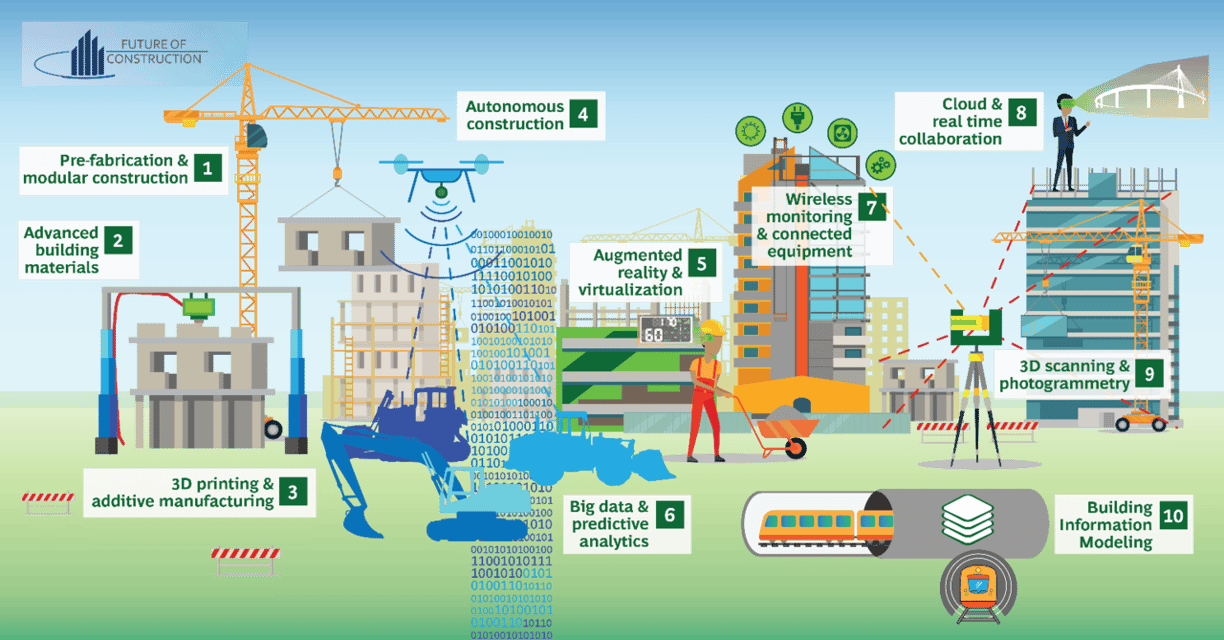


- Architectural. 3D robotic digital construction allows us to create new custom designs that fit the specific individual needs of users.
- Adaptability. To new forms and complex parametric structures and with curves or acute angles.
- Quality improvement. Produces more precise and uniform structures with higher quality materials, which reduces maintenance and repair times.
- Economic. Reduces construction costs, and therefore acquisition costs.
- Automation. It guarantees safety and construction quality.
- Energy efficiency. Homes built with robots can be more energy efficient than many homes built with traditional methods.
- Sustainability. It uses less material and generates less waste.
- Recycled Materials. We use multiple recycled materials and reinforcements, such as aggregates, fiberglass, carbon, Kevlar and glass. In addition to those used in insulation
- Reduction of the carbon footprint. Digital construction requires less transportation of materials than traditional construction methods, reducing the carbon footprint of construction.
- Access to housing. Reducing the cost of housing makes it more accessible to low-income people by reducing construction costs.
- Constant innovation. In materials and precision for greater quality of construction.
- Job Creation. Robotic construction creates new jobs in more specialized technology, research, automation, manufacturing and construction sectors with better salaries.
- Security. Digital construction is an automated process that reduces the risk of workplace accidents.
- We recycle. The mortar and water used in the machinery cleaning process.
These advantages in digital construction are transforming the construction industry, making it more efficient, sustainable and accessible.












